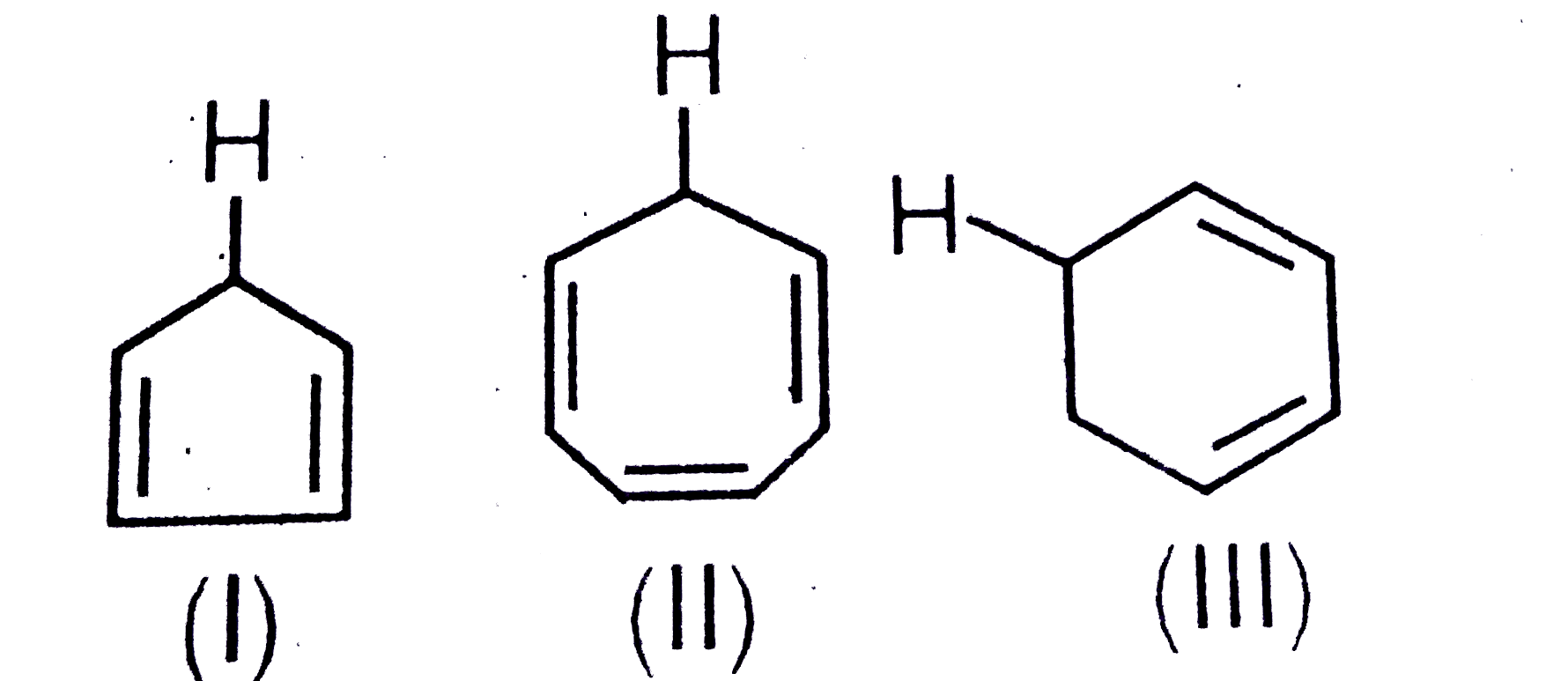Explain why acidic strength of oxyacids of halogens decreases with increasing atomic number.
To explain why the acidic strength of oxyacids of halogens decreases with increasing atomic number, we can follow these steps:
Step 1: Understanding Oxyacids
Oxyacids are acids that contain oxygen, hydrogen, and another element (the central atom). In this case, we are considering the oxyacids of halogens (F, Cl, Br, I).
Step 2: Identify the Halogens
The halogens we are focusing on are fluorine (F), chlorine (Cl), bromine (Br), and iodine (I). As we move down the group in the periodic table from fluorine to iodine, we observe changes in their properties.
Step 3: Atomic Size and Electronegativity
As we move down the group from fluorine to iodine, the atomic size increases. This increase in size is accompanied by a decrease in electronegativity. Electronegativity is the ability of an atom to attract electrons towards itself in a chemical bond.
Step 4: Relationship Between Electronegativity and Acidity
The acidic strength of an oxyacid is directly related to the electronegativity of the central atom (the halogen in this case). A more electronegative atom can better stabilize the negative charge that develops when the acid donates a proton (H⁺). Therefore, higher electronegativity usually corresponds to stronger acids.
Step 5: Analyzing the Oxyacids
- Fluorine: The oxyacids of fluorine (like HFO) are not very acidic because fluorine is highly electronegative and forms strong bonds, making it less willing to release H⁺.
- Chlorine: The oxyacids of chlorine (like HClO) are more acidic than those of fluorine because chlorine is less electronegative than fluorine, allowing it to release H⁺ more readily.
- Bromine and Iodine: As we move to bromine (HBrO) and iodine (HI), the acidic strength continues to decrease. Bromine is less electronegative than chlorine, and iodine is even less electronegative than bromine, leading to a further decrease in acidic strength.
Conclusion
Thus, the acidic strength of oxyacids of halogens decreases with increasing atomic number due to the increase in atomic size and the corresponding decrease in electronegativity, which weakens the ability of the central atom to stabilize the negative charge after the proton is released.
---
Oxyacids are acids that contain oxygen, hydrogen, and another element (the central atom). In this case, we are considering the oxyacids of halogens (F, Cl, Br, I).
The halogens we are focusing on are fluorine (F), chlorine (Cl), bromine (Br), and iodine (I). As we move down the group in the periodic table from fluorine to iodine, we observe changes in their properties.
As we move down the group from fluorine to iodine, the atomic size increases. This increase in size is accompanied by a decrease in electronegativity. Electronegativity is the ability of an atom to attract electrons towards itself in a chemical bond.
The acidic strength of an oxyacid is directly related to the electronegativity of the central atom (the halogen in this case). A more electronegative atom can better stabilize the negative charge that develops when the acid donates a proton (H⁺). Therefore, higher electronegativity usually corresponds to stronger acids.
- Fluorine: The oxyacids of fluorine (like HFO) are not very acidic because fluorine is highly electronegative and forms strong bonds, making it less willing to release H⁺.
- Chlorine: The oxyacids of chlorine (like HClO) are more acidic than those of fluorine because chlorine is less electronegative than fluorine, allowing it to release H⁺ more readily.
- Bromine and Iodine: As we move to bromine (HBrO) and iodine (HI), the acidic strength continues to decrease. Bromine is less electronegative than chlorine, and iodine is even less electronegative than bromine, leading to a further decrease in acidic strength.
Thus, the acidic strength of oxyacids of halogens decreases with increasing atomic number due to the increase in atomic size and the corresponding decrease in electronegativity, which weakens the ability of the central atom to stabilize the negative charge after the proton is released.
Topper's Solved these Questions
- P-BLOCK ELEMENTS BOOK - PRADEEPCHAPTER - P-BLOCK ELEMENTS EXERCISE - MATCHING TYPE QUESTIONS
9 Videos
- P-BLOCK ELEMENTS BOOK - PRADEEPCHAPTER - P-BLOCK ELEMENTS EXERCISE - ASSERTION AND REASON TYPE QUESTIONS
6 Videos
- P-BLOCK ELEMENTS BOOK - PRADEEPCHAPTER - P-BLOCK ELEMENTS EXERCISE - MCQ - II
10 Videos
- ORGANIC COMPOUNDS CONTAINING NITROGENBOOK - PRADEEPCHAPTER - ORGANIC COMPOUNDS CONTAINING NITROGENEXERCISE - IMPORTANT QUESTIONS FOR BOARD EXAMINATION
27 Videos
- POLYMERSBOOK - PRADEEPCHAPTER - POLYMERSEXERCISE - IMPORTANT Questions (For Board Examination)
27 Videos
Similar Questions
Knowledge Check
The acidic strength of oxyacids follow the order
AHCIO3>HCIO2>HOClBHCIO3<HCIO2<HOCICHCIO3>HCIO2<HOCIDHCIO3<HCIO2>HOCIBond strength of halogen acids are
AHF>HCI>HBr>HIBHCI>HF>HBr>HICHCI>HBr>HF>HIDHI>HBr>HCI<HFIn halogen group which tendency works with increase in atomic number?
AIonic size decreasesBTendency to lose electrons decreasesCIonisation energy decreasesDReactivity increases
Explain why the reactance offered by a capacitor decreases with increasing frequency of an alternating voltage
View SolutionThe correct order of acid strength of oxyacids of chlorine is
View SolutionThe oxyacid of halogen has maximum acidic nature
View SolutionAssertion : Fluorine combines with sulphur to form SF6 but no other halogen forms hexahalide with sulphur.
Reason : The reactivity of halogens increases as the atomic number increases.
View SolutionOrder of increasing acidic strength

View Solution
